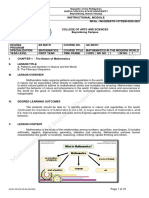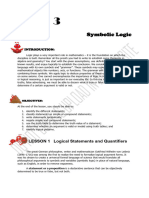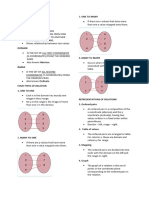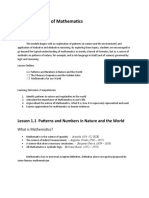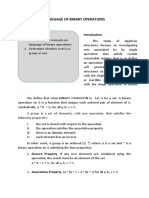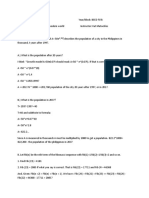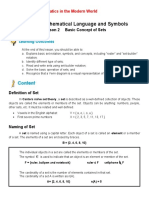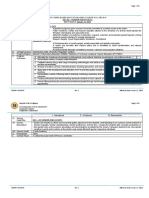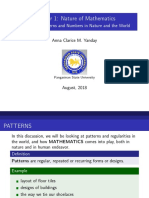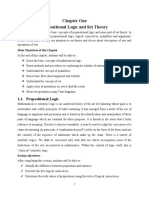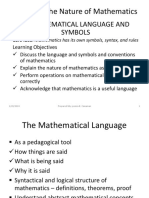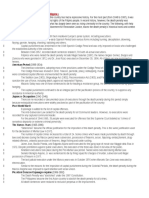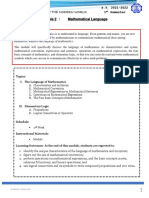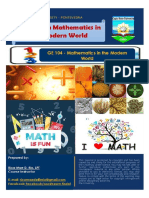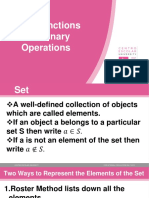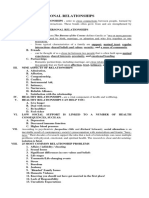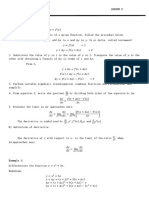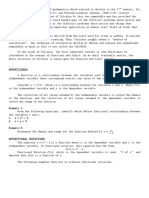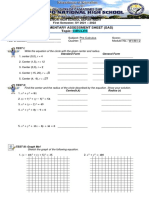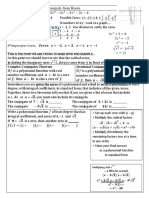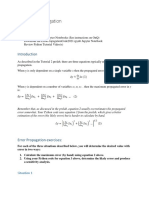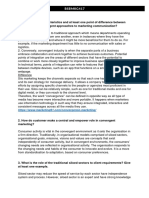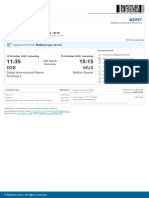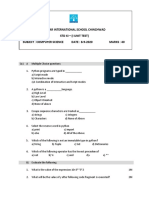100% found this document useful (1 vote)
697 views29 pagesMathematical Functions and Relations
The document discusses mathematical language and symbols used in functions and relations. It provides examples and definitions of:
- Ordered pairs
- Cartesian products of sets
- Relations as subsets of Cartesian products
- Functions as special relations where each input is mapped to a single output
- One-to-one, onto, and bijective functions
- Functions defined by formulas or arrow diagrams
Uploaded by
John Asher Josh AguinilloCopyright
© © All Rights Reserved
We take content rights seriously. If you suspect this is your content, claim it here.
Available Formats
Download as PDF, TXT or read online on Scribd
100% found this document useful (1 vote)
697 views29 pagesMathematical Functions and Relations
The document discusses mathematical language and symbols used in functions and relations. It provides examples and definitions of:
- Ordered pairs
- Cartesian products of sets
- Relations as subsets of Cartesian products
- Functions as special relations where each input is mapped to a single output
- One-to-one, onto, and bijective functions
- Functions defined by formulas or arrow diagrams
Uploaded by
John Asher Josh AguinilloCopyright
© © All Rights Reserved
We take content rights seriously. If you suspect this is your content, claim it here.
Available Formats
Download as PDF, TXT or read online on Scribd
/ 29


